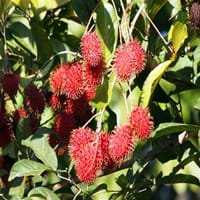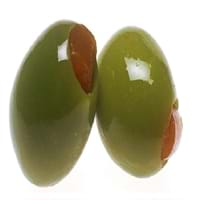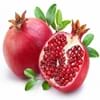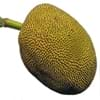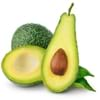Health Benefits
Anti-oxidant properties, Boosts immune system, Skin rejuvenation, Strengthening of bones
Cancer prevention, Helps in cartilage regeneration, Prevents macular degeneration, Treatment of alzheimer's disease
General Benefits
Antiseptic properties, Cures headache, Removes waste from kidney
Anti oxidant properties, Anti-inflammatory properties, Boosts immune system, Controls blood pressure, Digestive aid, Maintains healthy cholesterol level
Skin Benefits
Hydrates skin
Hydrates skin, Skin rejuvenation, Treatment of skin diseases
Hair Benefits
Good conditioner
Acts as moisturizer, Good conditioner, Regulates hair growth
Allergy Symptoms
Chest pains, Rhinitis, Wheezing
NA
Side Effects
Unknown
Affects blood glucose levels, Dizziness, Stomach pain
Best Time to Eat
As a snack in the late afternoon, Don't consume at night and before bed, Eat the fresh ones, avoid mixing with any other foods, don't eat after meal., Morning time (before lunch)
Hardly eaten raw, Olive oil is consumed for many purposes.
Vitamin B5 (Pantothenic Acid)
Vitamin C (Ascorbic Acid)
Vitamin K (Phyllochinone)
Phytosterol
Not Available
Calories in Fresh Fruit with Peel
Calories in Fresh Fruit without Peel
Not Available
Not Available
Calories in Frozen Form
Not Available
Calories in Jam
Not Available
Calories in Pie
Not Available
Type
Tree fruit, Tropical
Tree fruit
Season
Early summer, Early winter, Late fall, Late spring
Spring, Summer
Varieties
Rongrien, Chompu, Rapiah, Bingjai and Lebak Bulus
Manzanillo, Sevillano, Mission, Ascolano, Barouni, Gordal, Rubra and Picholine
Color
Coral red, Yellow
Black, Green, Purple, Yellow
Inside Color
Greyish-white
Brown
Origin
Unknown
Eastern Mediterranean Region
Soil Type
Clay, Loam
Well-drained
Climatic Conditions
Humid
Warm to hot climate
Facts about
- Oils extracted from its seeds is used to make soaps and candles.
- 'Rambut' means hairy in Malay.
- It makes the best hair mask.
- Seeds are edible and healthy too.
- In ancient Greece, 1st eye shadow was made by adding olive oil in ground charcoal.
- The most expensive form of olive oil is Extra Virgin.
- Largest type of olive tree is known as donkey tree & smallest one is called bullet.
Top Producer
Thailand
Spain
Other Countries
Africa, India, Indonesia, Malaysia, Philippines, Sri Lanka
Algeria, Egypt, Greece, Italy, Morocco, Portugal, Syria, Tunisia, Turkey
Top Importer
Singapore
United States of America
Top Exporter
Thailand
Italy
Botanical Name
Nephelium lappaceum
Olea europaea
Synonym
Rambota
Not Available
Subkingdom
Tracheobionta
Tracheobionta
Division
Tracheophyta
Magnoliophyta
Class
Magnoliopsida
Magnoliopsida
Order
Sapindales
Lamiales
Family
Sapindaceae
Oleaceae
Species
N. lappaceum
O. europaea
Generic Group
Not Available
Olive
Difference Between Rambutan and Olive
We might think that Rambutan and Olive are similar with respect to nutritional value and health benefits. But the nutrient content of both fruits is different. Rambutan and Olive Facts such as their taste, shape, color, and size are also distinct. The difference between Rambutan and Olive is explained here.
The amount of calories in 100 gm of fresh Rambutan and Olive with peel is 69.00 kcal and 115.00 kcal and the amount of calories without peel is Not Available and Not Available respectively. Thus, Rambutan and Olive belong to and category.These fruits might or might not differ with respect to their scientific classification. The order of Rambutan and Olive is Sapindales and Lamiales respectively. Rambutan belongs to Sapindaceae family and Olive belongs to Oleaceae family. Rambutan belongs to Nephelium genus of N. lappaceum species and Olive belongs to Olea genus of O. europaea species. Beings plants, both fruits belong to Plantae Kingdom.
